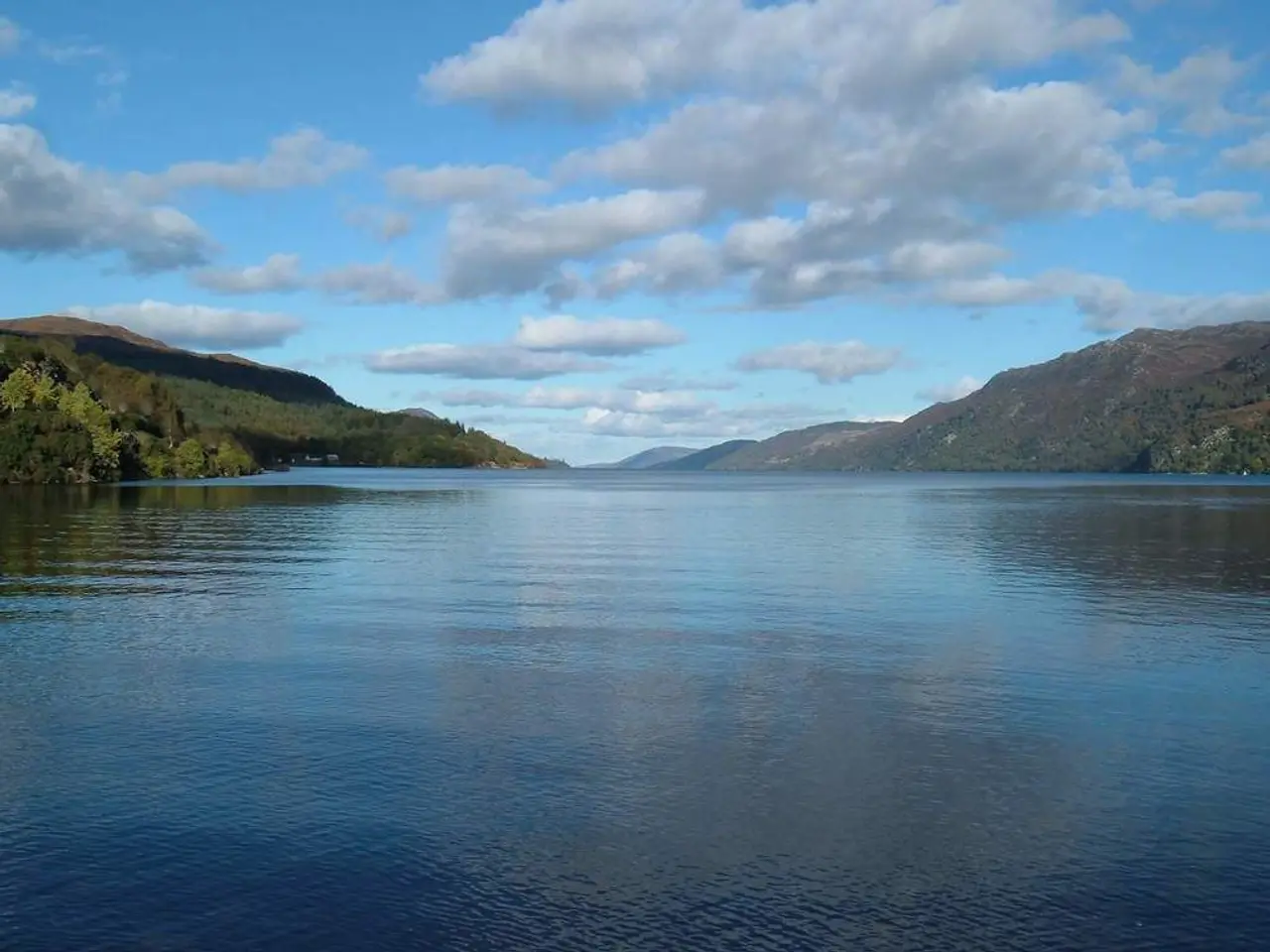Heat Warnings Unveiled in Alaska for First Time - Further Alerts Predicted
In an unprecedented turn of events, Alaska has issued its first-ever heat advisory, marking a significant shift in the state's weather patterns and the way hazardous conditions are communicated to the public.
The heat advisory, issued by the National Weather Service (NWS) office in Fairbanks, comes as a result of rapid climate warming and new weather protocols. Although Alaska has experienced high temperatures before, the NWS only recently started issuing official heat advisories in the state, replacing the less alarming "special weather statements."
This change aims to better communicate the severity and potential dangers of unusually high temperatures to the public, who are not accustomed to heat and many of whom do not have air conditioning in their homes.
The heat wave is driven by a common meteorological pattern called an upper-level ridge or dome of high pressure, which traps warm air over central Alaska. While this pattern occurs naturally, what makes it significant now is that Alaska is warming at more than twice the global average rate, causing these heat events to become more intense and frequent.
Temperatures reaching the mid-to-high 80s Fahrenheit (up to 90°F in some areas) are unusual for June, where typical highs are in the low 70s. This unprecedented heat is a clear sign of climate change's impact on Alaska, leading not only to hotter summers but also contributing to permafrost thaw, infrastructure damage, and shifts in local ecosystems.
The flood watch, issued alongside the heat advisory, warns of a surge of snowmelt that could increase the risk of river flooding across the North Slope. Rapid snowmelt and ice jams could lead to flooding of rivers and streams, potentially affecting roads, airstrips, and low-lying infrastructure. High flows could also lead to bank erosion that could threaten nearby roads.
As multi-day temperature spikes become increasingly common in Alaska, the NWS is stepping up its messaging to prepare Alaskans for the hazards of extreme heat. Meteorologists expect temperatures to rise heading into the weekend, with a forecast of 82 degrees Fahrenheit.
With summer only just beginning, this likely won't be the last time officials issue a heat advisory in Alaska. Brian Brettschneider, a climatologist at the NWS's Alaska Region Headquarters, stated that Alaskans are not as equipped to deal with excessive heat.
It may seem hard for Americans in the Lower 48 states to understand the need for a heat advisory in Alaska, given that temperatures in the mid-80s are common in those regions. However, the unique climate conditions in Alaska, combined with the rapid pace of climate change, have made these heat events more frequent and intense, necessitating the new advisory system.
In addition to the heat advisory, widespread haze across Alaska's interior is largely due to wildfire smoke from Canada. As the climate continues to change and weather patterns shift, it is crucial for Alaskans and all residents of the world to be prepared for these unusual events and to take steps to mitigate their impact.
- The unusual heat in Alaska, reaching up to 90°F, is a clear sign of climate change's impact on the state, leading to hotter summers and contributing to permafrost thaw, infrastructure damage, and shifts in local ecosystems.
- As a result of rapid climate warming and new weather protocols, the National Weather Service (NWS) office in Fairbanks issued Alaska's first-ever heat advisory, aiming to better communicate the severity and potential dangers of unusually high temperatures to the public.
- With the unique climate conditions in Alaska, combined with the rapid pace of climate change, it is crucial for Alaskans and all residents of the world to be prepared for these unusual events, such as heat waves and floods, and to take steps to mitigate their impact.
- In the future, with summer only just beginning, it is likely that officials will continue to issue heat advisories in Alaska, as multi-day temperature spikes become increasingly common due to climate change, posing new challenges for the state's residents and infrastructure.








